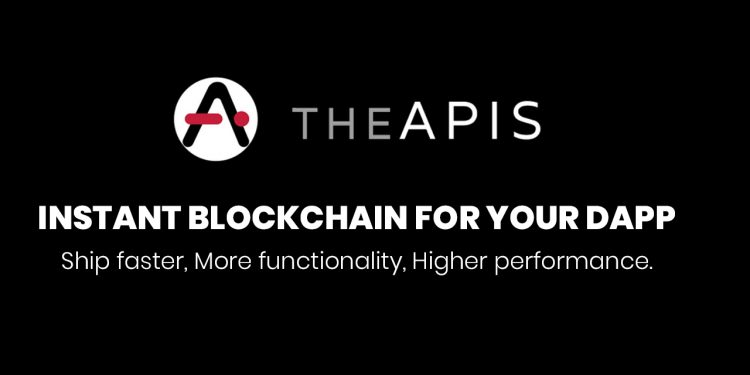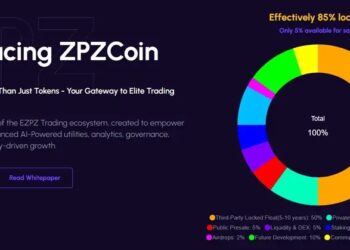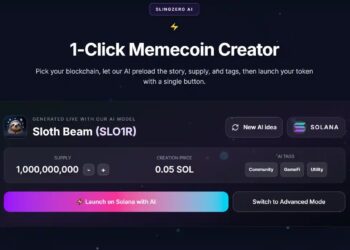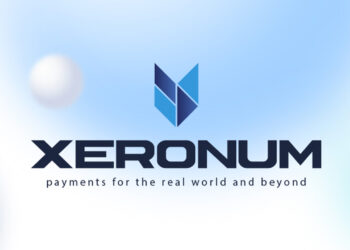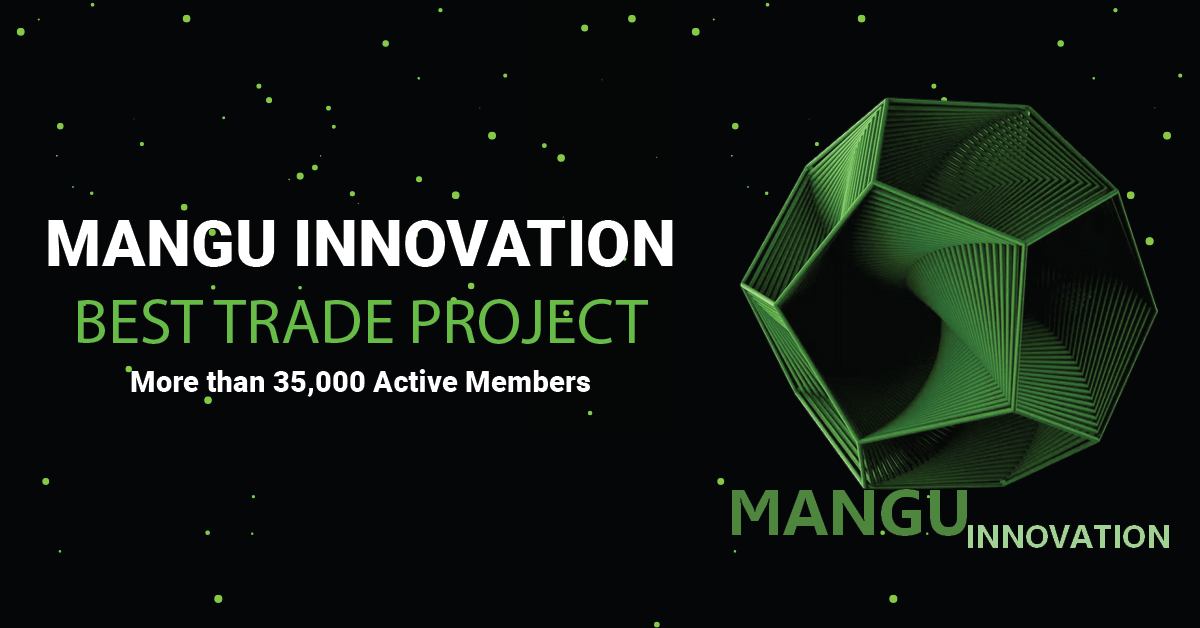According to DApp statistics, there are currently around 4,000 decentralized application (DApps) globally, ranging from gaming and gambling, to DeFi and other financial primitives, to media and NFTs, to healthcare and longevity tech, and the list goes on. These developers seek to rebuild the Web through the emerging Web3.0. However, the overwhelming majority of them face painstaking bottlenecks along the way, such as the need to learn native remote procedure calls (RPCs), connect to blockchain nodes, maintain databases of popular token addresses and smart contracts on test nets and main nets, grab application binary interfaces (ABIs), and get their own smart contracts security audited. The inherent complexity of blockchain protocols is usually challenging for users and builders as current read-write solutions are either centrally architected, or decentralized thus requiring an in-depth knowledge of the public blockchain protocol layer and preventing the majority of global developers from interacting with public blockchain infrastructure.
The read-write layer is mission-critical for all decentralized applications. However, current read-write proviers facilitates a far from ideal developer experience, either through architectural or ownership centralization. Still, the decentralized web continues to flow into mainstream adoption. The centralization of decentralized financial and web products will only put the whole network at risk. The APIS protocol’s goal is to decentralize this mission-critical, fast-growing layer of the public blockchain industry, consequently unlocking additional DeFi, NFT, and other opportunities that can continue the growth of the public blockchain industry.
The APIS – the game changer
The APIS is an open-source decentralized platform designed for providing read/write access in an easy-to-use command line platform that facilitates communication and signed transactions across Ethereum, Bitcoin, Polkadot, Solana and Binance Smart Chain, and more. The ingenious blockchain technology is a developer-built platform that manages communications between DApps and blockchains via only a few simple Application Programming interface (API) calls, renders chain-agnostic implementations with cost-free chain-switching, thereby reducing the inherent complexity of blockchain protocols.
Since its inception, the APIS Protocol (“API”) has sought to create a trustless and decentralized infrastructure for developers and network users. The protocol is based on knowledge of REST and GraphQL message formatting and optimization, thus allowing developers to receive data from Ethereum, Filecoin, and all other relevant blockchains with uptime guarantees, hyper-competitive market pricing, and in formats that mainstream developers are well acquainted with. More so, the network is composed of dual actors, both of which are open and configurable – APIS Gateways and APIS Nodes, which allows developers to quickly receive endpoints. APIS Nodes can respond to APIS Gateway requests with an average response time of 400ms; APIS Gateways can respond to end-users even faster. We expect time and cost efficiency to continue to improve over-time.
The APIS enables developers and consumers to contribute, innovate, and discover simple yet powerful interfaces that support the development of new projects and tools for the Web3 community. Some of the features of The APIS include;
- Instant Infrastructure: Query Ethereum and Bitcoin blockchains without running nodes or expensive infrastructure.
- Multi-Blockchain Support: Enjoy a single interface for all blockchains with The APIS Unified Interface.
- Lightning Fast Queries: Highly available APIS nodes cache and index blockchain data so you can get results over 10x times faster.
- Extensible Architecture: Enables users to leverage pre-built modules and contribute to The APIS developer ecosystem. Anyone can develop and publish RESTful APIs, known as “Add-On”‘s, that can be accessible to other developers worldwide. These users will receive API tokens and revenue-shares when others use their service.
The APIS renders APIs open and accessible to power a decentralized world. Moreover, with the API token, the platform seeks to achieve parity between architectural decentralization and ownership decentralization.
The APIS ecosystem’s mission
- To create better end-user experiences: the game changer – The APIS, allows developers to seamlessly integrate features with guaranteed 100% uptime, censorship resistance, fast performance, and near-zero platform risk.
- To create better developer experiences: The APIS unified interface enables easier developer on-boarding. Web2 developers can easily implement all relevant use cases of public blockchains, such that Decentralized Apps can be run on various layer-one or layer-two solutions.
The APIS maintains that its growth will compound alongside the public blockchain industry, providing layer-one and layer-two agnostic solutions and exposure to developers globally.


